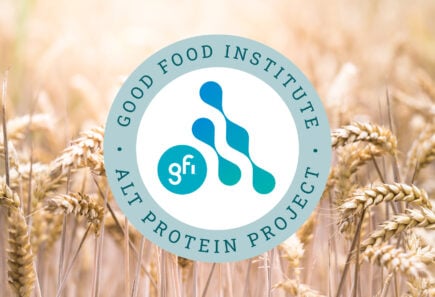Natural Products Expo West
Discover new plant-based brands—or exhibit your own—at the leading natural products trade show.
Discover new plant-based brands—or exhibit your own—at the leading natural products trade show.

Join GFI's next Business of Alt Protein webinar covering the state of the precision fermentation industry.

Join our upcoming Business of Alt Protein webinar exploring how individuals can advance plant-forward initiatives in government.

Curious about how we categorize investments across plant-based, cultivated, and fermentation sectors? Explore our methodology for analyzing alternative protein funding, including company inclusion criteria, funding categorization, and data sources to provide a comprehensive view of investment patterns.

Join Marika Azoff, GFI's Corporate Engagement Lead, at the Vegconomist Webtalk: Foodservice - Gateway to Changing Consumer Habits.

Students play a pivotal role in building the alternative protein ecosystem. Explore how you can start a student group at your university to accelerate the global transition to the future of food.

Explore key insights into consumer needs, perceptions, and demand for alternative proteins, highlighting trends and shifting preferences in the U.S. market.

Join our upcoming webinar, featuring a presentation by Henrik Bennetsen, a serial entrepreneur and co-founder of FoodxClimate, on why food is underserved as a climate problem.

Emma Ignaszewski speaks to the New York Times on the potential growth of the plant-based sector based on consumer trends in their piece on plant-based meat companies' product reformulations.

Our commitment to protein innovation keeps growing stronger, thanks to deep-rooted values and a global network driving change.